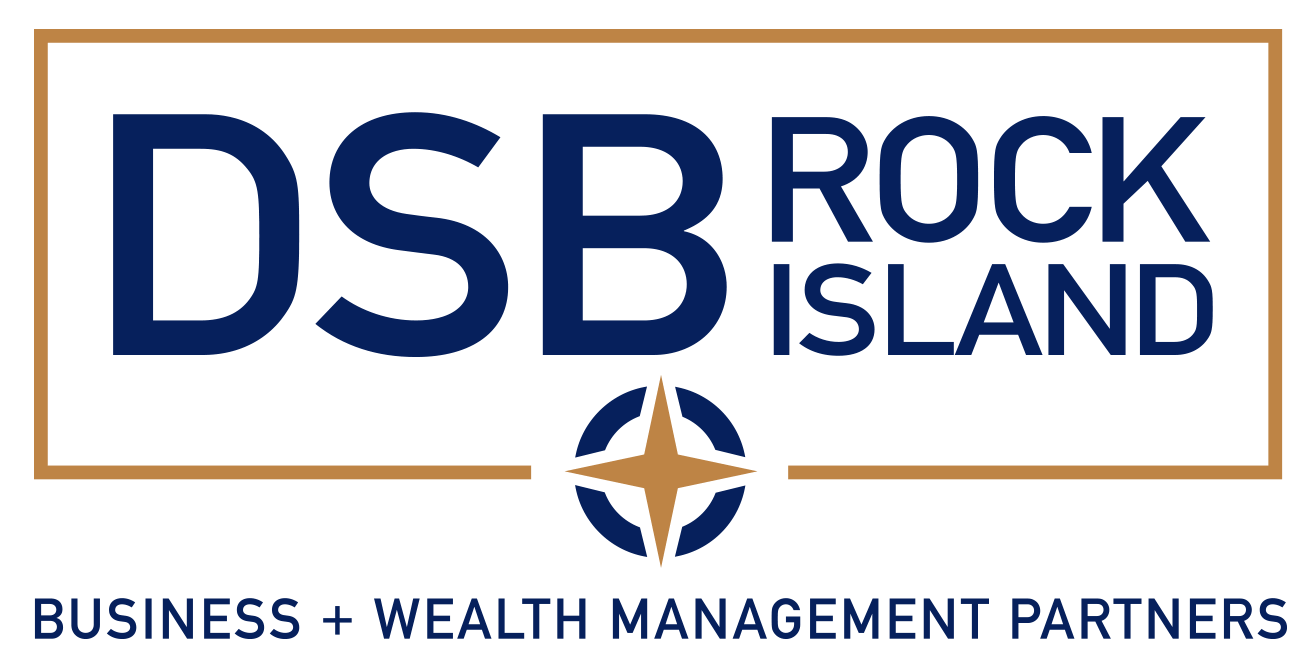New Accounting Alternatives
Should I Adopt the New Accounting Alternatives?
In 2014 the Private Company Council and FASB approved new accounting alternatives for goodwill and intangible assets that can be elected by most private companies. The accounting alternatives were designed to lower the complexity and cost associated with meeting the current standards. While many private companies are electing to use these accounting alternatives, it should not be assumed that this is an optimal solution for all companies. This article highlights some of the changes allowed by the accounting alternatives, areas in which companies may find cost savings, and some of the potential issues with electing the alternatives.
Goodwill Alternative
ASU 2014-02: Accounting for Goodwill, was passed in January of 2014 and allows an alternative treatment for goodwill after its recognition. The following bullet points summarize some of the major changes outlined in the accounting alternative.
- In the year adopted, goodwill, which includes pre-existing goodwill, will be amortized over a period of 10 years or less. Goodwill resulting from future acquisitions will also be amortized over 10 years, or less, from the date of the acquisition.
- At the time of adoption, the entity must pick for goodwill to be tested at the reporting unit level (as was previously used) or at the entity level. This determination will be used going forward.
- Goodwill will only need to be tested upon the occurrence of a triggering event, rather than on an annual basis. A step zero, or qualitative test, can still be used to determine if it is more likely than not that the fair value is less than the carrying value.
- The measurement of goodwill impairment will be a single step that compares the fair value of the entity (or reporting unit) to its carrying amount. If the carrying amount is greater than the fair value, the difference will be equal to the goodwill impairment, up to the total amount of goodwill.
The greatest benefits offered by the accounting alternatives are found in ASU 2014-02: Accounting for Goodwill. This alternative removes the annual testing requirement, allows companies to test goodwill at the entity level, which removes the need to allocate assets and liabilities to reporting units, and simplifies the impairment calculation so that a hypothetical purchase price allocation does not need to be re-performed (referred to as step two). In many cases, this alternative will allow management to perform the goodwill impairment test in-house rather than hiring an outside valuation specialist.
A potential issue with ASU 2014-02: Accounting for Goodwill, is that it does not discuss what process to follow if the entity’s (or reporting unit’s) carrying value is zero or negative. If this occurs, we believe many public accounting firms will require application of the current standard. Under the current standard, a step two process will need to be followed if it is determined that it is more likely than not that the fair value of the entity (or reporting unit) is less than its carrying amount. Since the step two process often requires the assistance of a valuation professional, we suggest that entities consider the future impact of amortizing goodwill and whether this may cause the carrying value of the entity (or reporting units) to become negative in the near future.
Intangible Asset Alternative
ASU 2014-18: Business Combinations, was passed in December of 2014 and allows an alternative treatment for the recognition of intangible assets when applying the acquisition method under ASC 805, adopting fresh-start reporting under ASC 852, or when assessing the difference between the carrying amount of an investment and the amount of underlying equity in net assets under ASC 323. The following bullet points summarize some of the major changes outlined in the accounting alternative.
- If this alternative is elected, ASU 2014-02: Accounting for Goodwill must also be elected. But not vise-versa. Therefore, ASC 2014-02: Accounting for Goodwill may be elected without requiring the adoption of ASC 2014-18: Business Combinations.
- Under this standard, noncompetition agreements and customer relationship assets not capable of being licensed or sold from other assets of the acquired business will not have to be separately recognized. This results in a larger amount of goodwill being recognized.
- Customer relationship assets that will still be recognized separately from goodwill because they can be sold or licensed separately from other assets may include: customer lists, mortgage servicing rights, commodity supply contracts, and core deposits.
- Noncompetition agreements and customer relationships currently on the balance sheet would continue to be presented separately and accounted for under the current standard.
- All other types of identifiable intangible assets (trade names, technology, above or below market contracts, etc.) will still need to be valued under the current standard.
It is too early to tell whether ASU 2014-18: Business Combinations, will have the cost savings the drafters envisioned. Best practices should develop soon but two areas of contention will be whether to recognize noncompetition agreements signed at the time of a transaction and whether customer relationships still need to be valued, even though the value will not be recognized. Public accounting firms agree that the new alternative does not require recognition of noncompetition agreements that were existing prior to the transaction. However, they currently differ on whether the noncompetition agreements signed at the same time as the transaction are covered under the new alternative or represent transactions separate from the business combination, and thus, need to be valued. Since the accounting alternative did not address this issue there will continue to be a divergence in practice that may mitigate some of the anticipated benefits of adopting this alternative.
In addition, public accounting firms may still require that a customer relationship valuation be performed to gain comfort with the values placed on the other identifiable intangible assets. For instance, under the current standard, an assembled workforce is not recognized as an intangible asset on the balance sheet. However, many intangible valuations still calculate the value of the assembled workforce because its value is required as an input to other intangible asset valuation models (those assets valued using the multi-period excess earnings method). We believe that public accounting firms will have a difficult time creating an objective test to determine whether a customer relationship asset should continue to be valued as part of the intangible asset valuation process under this alternative. However, some factors that will likely be used in this analysis include: the number of identifiable intangible assets being recognized, whether the customer relationship asset is the primary asset, the availability of support for high level assumptions about the customers, and whether there are any facts or circumstances that would indicate the discount rate associated with the customer relationship asset is dramatically different from the discount rate associated with goodwill.
Other Considerations
Finally, it should be noted that these alternatives are not available to public business entities or not-for-profit entities. The definition for a public business entity is found in ASU 2013-12. The decision to elect these alternatives is determined at the reporting entity level. Therefore, consideration should be given to whether other entities rely upon a reporting entity’s financial statements, as some entities in a group may not be able to use the alternatives (consolidating entities or equity method investments). In addition, if a company elects one of the accounting alternatives and later becomes a public business entity, it will be required to retroactively adjust its historical financial statements. This could be difficult as information and key employees may no longer be accessible.
If you believe the goodwill and intangible asset accounting alternatives are appropriate for your situation let your public accounting firm know as soon as possible. This will allow you and your public accounting firm to uncover potential issues before you continue down a path that may not be appropriate.
Contact Us
Contact DSB Rock Island today to learn how we can recommend the best accounting software for your needs to save time and money as you grow your business. Our responsive and proactive advisors are ready to help you take the next step.











